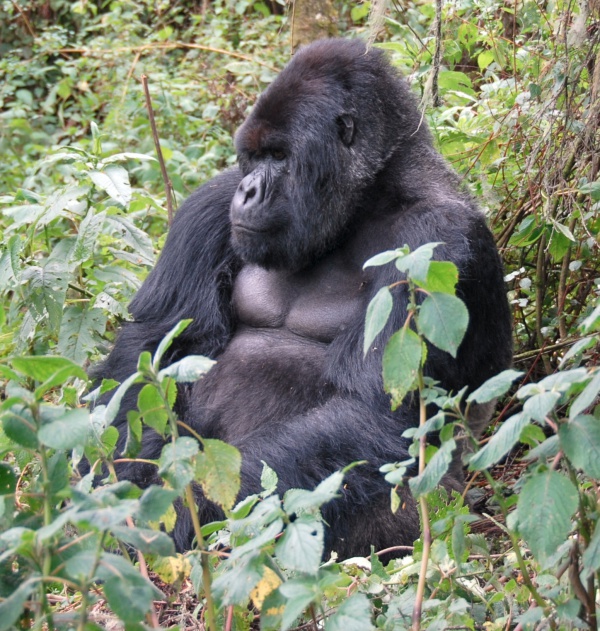Facts About Mountain gorilla
The mountain gorilla, a subspecies of the eastern gorilla, is currently classified as endangered by the IUCN. These majestic creatures are divided into two main populations: one residing in the Virunga volcanic mountains and the other in Uganda's Bwindi Impenetrable National Park. Their evolutionary journey spans millions of years, and they have been isolated from other gorilla populations for hundreds of thousands of years.
Physically, mountain gorillas are quite distinctive. Males are larger than females and develop silver-colored backs as they mature. They thrive in colder climates and are herbivores, primarily consuming leaves, shoots, and stems. Their habitat lies in the dense forests of the Albertine Rift montane cloud forest, at altitudes ranging from 2,200 to 4,300 meters.
Mountain gorillas are highly social and live in stable groups led by a dominant silverback male. Unlike some other animals, their groups are nonterritorial, and the bonds between females in the group are relatively weak. Thanks to intensive conservation efforts, the mountain gorilla population has grown, with over 1,000 individuals estimated as of 2018.
However, mountain gorillas face numerous threats, including poaching, habitat loss from human encroachment, disease, and civil unrest. Conservation strategies involve active patrolling, law enforcement, habitat protection, and community-based conservation management. Tourism also plays a crucial role, providing funds and raising awareness about the need to protect these incredible animals.
Despite the positive trend in population growth, mountain gorillas remain endangered and heavily reliant on continued conservation efforts. Collaboration between local communities, governments, and conservation organizations is essential to safeguard these iconic animals and their habitats for future generations.

 Tanzania
Tanzania